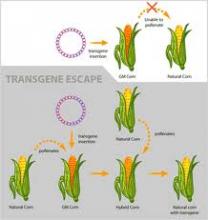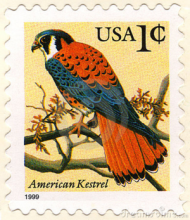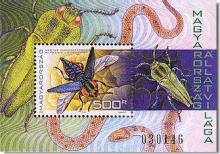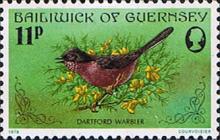Atrazine acts as an immune disruptor at the same effective doses that it disrupts the endocrine system
Atrazine, the most widely used herbicide in the United States, has been shown in several studies to be an endocrine disruptor in adult frogs. Results from this study indicate that atrazine also functions as an immune disruptor in frogs. Exposure to atrazine (21 ppb for 8 d) affects the innate immune response of adult Rana pipiens in similar ways to acid exposure (pH 5.5), as we have previously shown. Atrazine exposure suppressed the thioglycollate-stimulated recruitment of white blood cells to the peritoneal cavity to background (Ringer exposed) levels and also decreased the phagocytic activity of these cells. Unlike acid exposure, atrazine exposure did not cause mortality. Our results, from a dose–response study, indicate that atrazine acts as an immune disruptor at the same effective doses that it disrupts the endocrine system.










